Peru’s president lifts curfew in Lima, urges calm after protests
Peruvian President Pedro Castillo has lifted a curfew he had imposed in Lima to curb violent protests against inflation and raising fuel prices.
The president ordered that the lockdown — which had been slated to run from 2 am local time to 11:59 pm — to end immediately after meeting with lawmakers in the afternoon. Many congressional leaders believed the measure restricted fundamental rights.
"I must announce that from this moment on we are going to cancel the curfew order," Castillo said in a meeting with Congress members. "We now call on the Peruvian people to keep calm."
Earlier, the president's cabinet had met with lawmakers, looking for ways to address the fastest inflation in over two decades. "We must start working together to address the people's problems," Congress Vice President Lady Camones said to local radio RPP.
But the curfew caused a fresh crisis for the Castillo administration, with thousands of people taking to the streets to defy the restriction.
The new protests on Tuesday added to a broader crisis that started a week ago in Peru over mounting inflation, which rattled the Castillo administration just days after he survived an impeachment attempt.
Farmers and truckers started protests against the rising costs of fuel and fertilizers last week. Over the weekend, the president lowered fuel taxes and increased the minimum wage by 10% to help Peruvians struggling with the jump in consumer prices.
Consumer prices in Lima rose by 6.82% in March from a year earlier, the highest rise since August 1998, and above the central bank’s target of 2%.
Castillo rose to power last year with overwhelming support from Peru's rural population, but rising prices have led that same group to stage the most significant protests so far in his administration.
Castillo's popularity has waned quickly and now hovers at around 25%. He has survived two impeachment attempts and cycled through an unprecedented number of Cabinet members in his eight-month administration.
D-8’s role in Iran’s economy after Cairo summit
China slams US as ‘war-addicted’ threat to global security
China ‘firmly opposes’ US military aid to Taiwan
VIDEO | Press TV's News Headlines
President Yoon Suk Yeol to be removed from office
At least 19 Gazans killed by Israeli airstrikes since dawn: Medics
Leader: Iran neither has nor needs proxy forces
US fighter aircraft shot down ‘in friendly fire’ amid aggression on Yemen


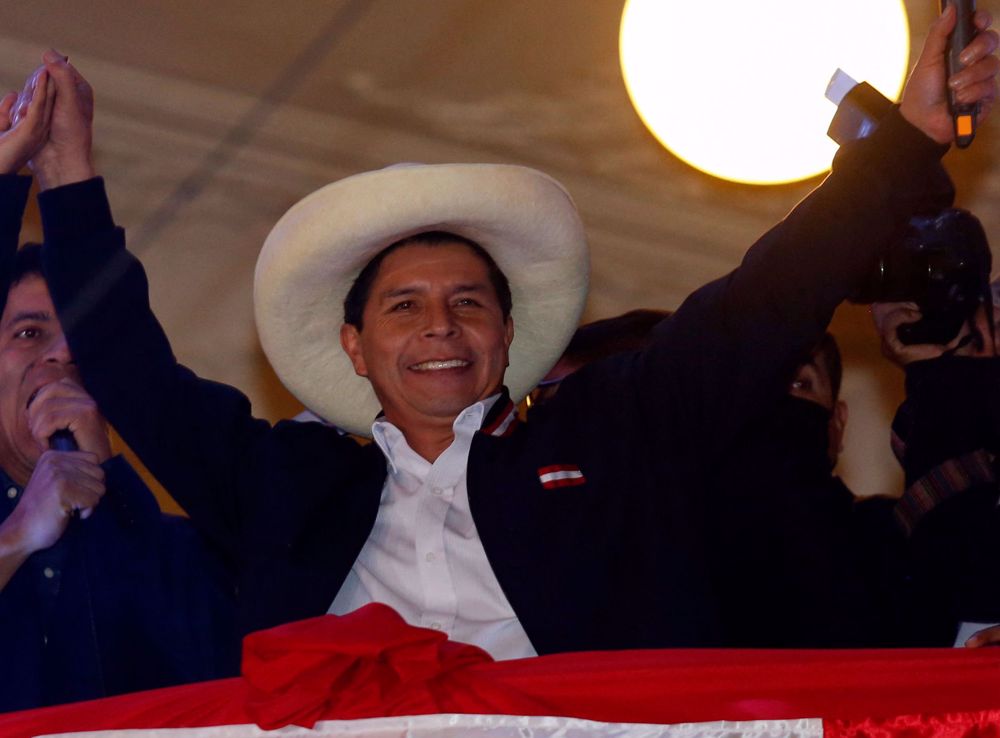
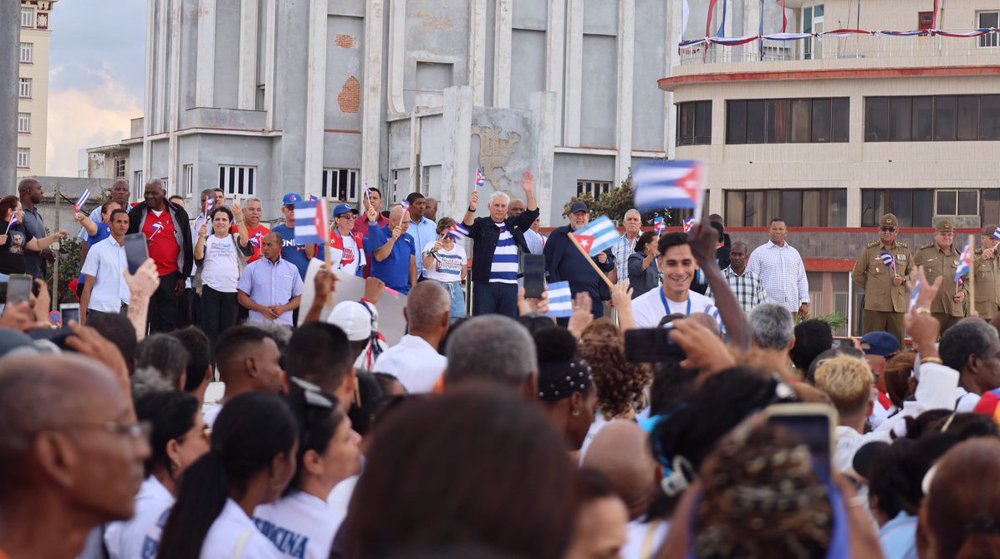





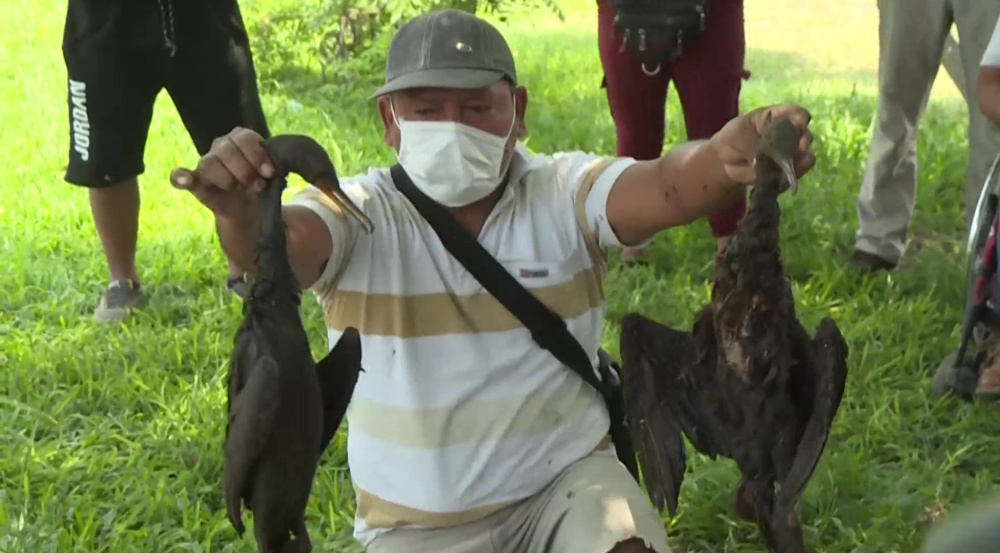
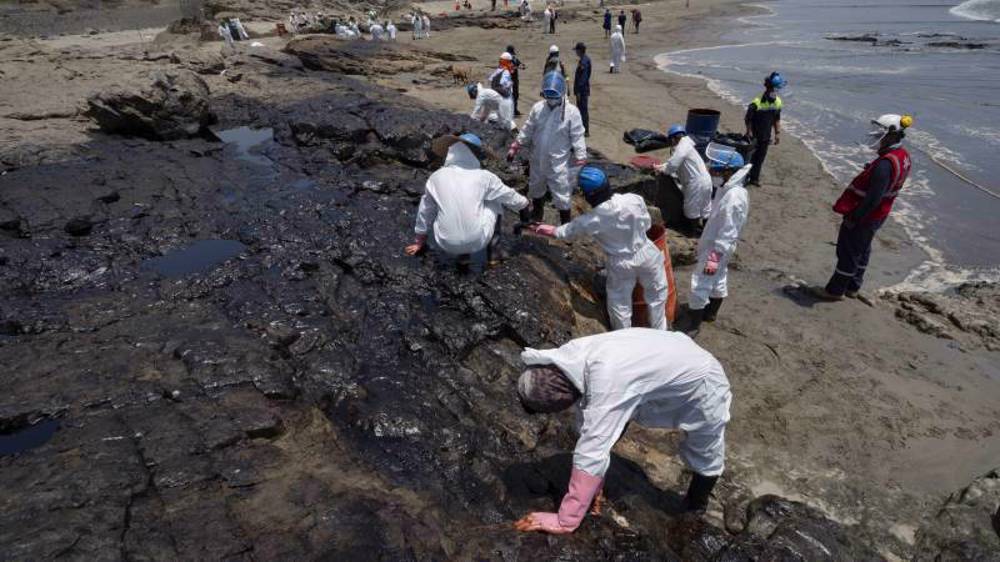

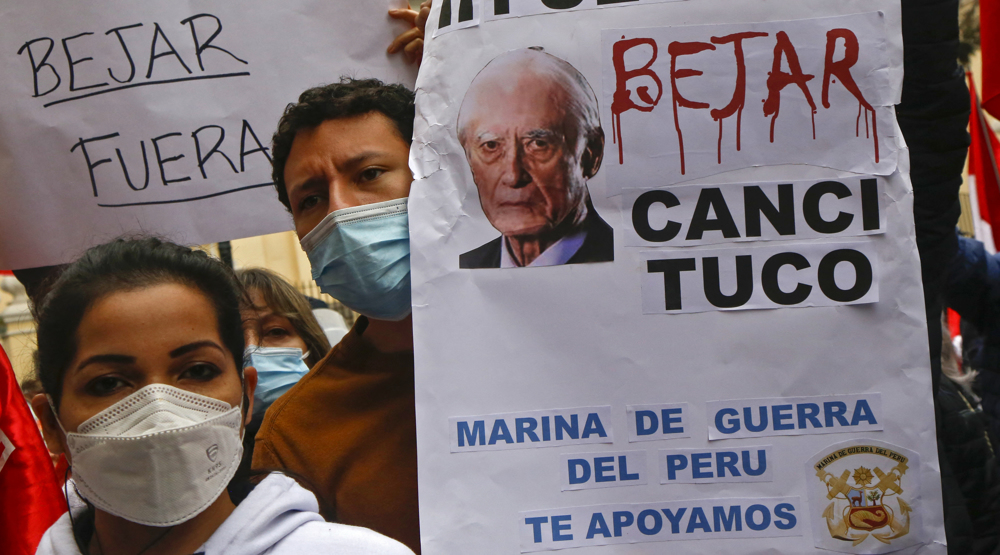

 This makes it easy to access the Press TV website
This makes it easy to access the Press TV website